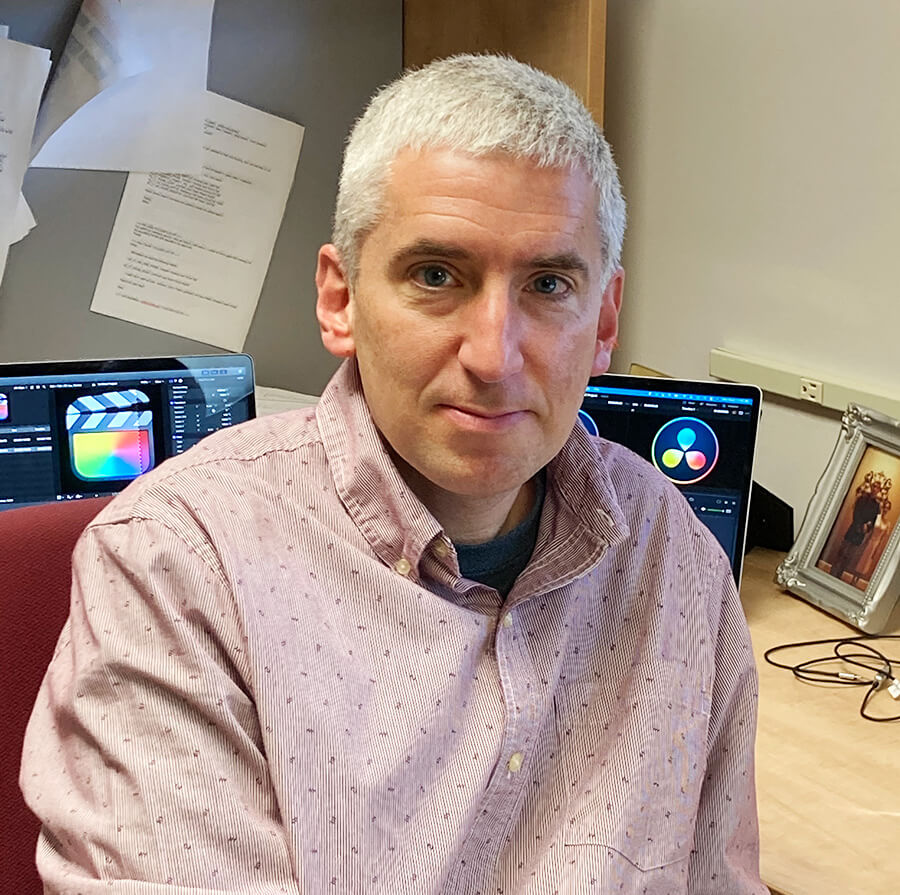Workshops
Discover the world of video editing with our beginner-friendly workshop, learning the essential terms and skills and experiencing the different types of editing software industry professionals use today.
There are no available registration dates at this time.
This course looks at the concepts of editing in a non-linear world. This is not a course on how to edit on a specific nonlinear editor, rather, it looks at the art of editing, beginning with editing history and working through different types of edits. Students will learn what different editing terms are. What does it mean to append or overwrite? What is three-point editing? What is a slip? Slide? Students will also learn audio-specific editing techniques.
Who is this class for?
This course is designed for the beginner who is learning editing terms and skills.
Course Outline:
- A brief overview of editing history and the current Non-linear Editors (NLEs)
- Types of edits
- Append
- Connect
- Insert
- Overwrite
- Backtiming an edit
- Trimming
- Ripple
- Roll
- Slip
- Slide
- Types of cuts
- Through
- Split
- J and L Cuts
- Replacing edits
- Replace
- Retiming to fit
- Nesting edits
- Dynamic vs. Continuity Editing
- A rough guide to editing audio
- Editing to the beat
- Extending audio
- Editing with markers
- Audio effects
Course requirements:
Topics will be covered in a way that it is not required to have one NLE. We will look at the concepts of the edit. We will go over how to do the edits in Adobe Premiere, Apple Final Cut Pro and BlackMagic DaVinci Resolve. Media will be provided.
What is a Non-Linear Editor?
A non-linear editor (NLE) is a video editing system that allows users to edit video and audio in a digital, non-linear fashion. This means that users can edit any part of a video clip at any time, and can easily rearrange clips, add effects and transitions, and manipulate audio tracks without affecting the original footage.
In contrast to traditional linear editing, where the video is edited sequentially from beginning to end, non-linear editors allow editors to work with the footage in a non-sequential manner, making the editing process faster and more flexible.
Non-linear editors and editing is considered the industry standard in the film and television industry, as well as for creating multimedia content for the web, and other digital platforms. Popular examples of non-linear editing software include Adobe Premiere Pro, Final Cut Pro, Avid Media Composer, and DaVinci Resolve.
Share This

Instructor: BJ Attarian
BJ Attarian is a certified Apple Final Cut and DaVinci Resolve trainer. He engages and works alongside students as they learn the latest in Final Cut and Resolve. With over 25 years in broadcasting, BJ uses his experience to teach as it relates to current trends in the industry.

